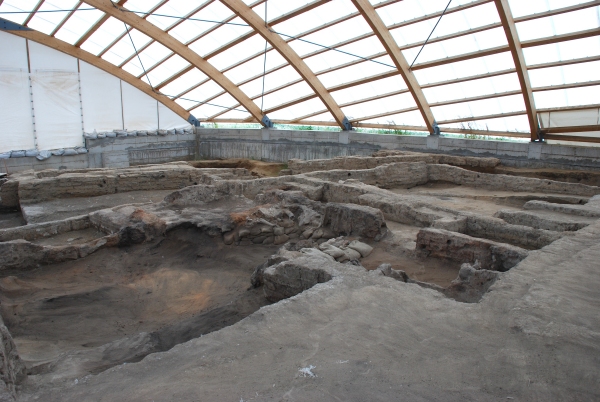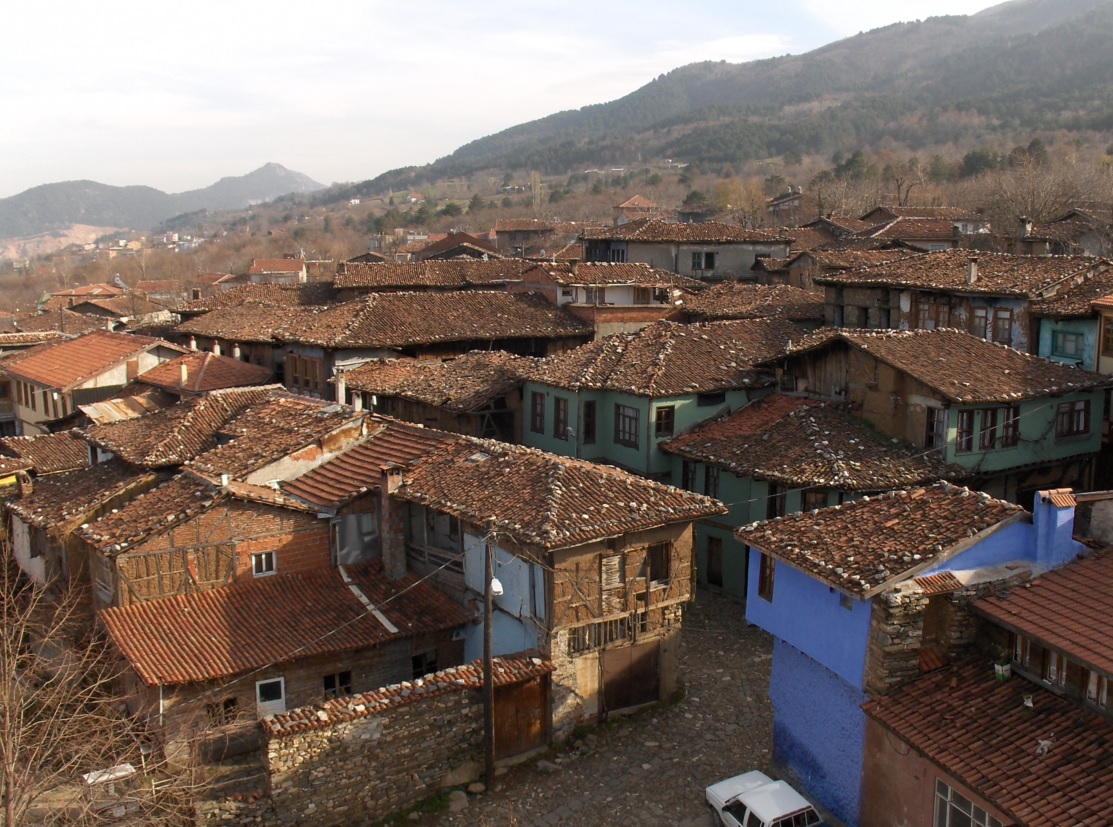9-Neolithic Site of Çatalhöyük
Two hills form the 37 ha site on the Southern Anatolian Plateau. The taller eastern mound contains eighteen levels of Neolithic occupation between 7400 bc and 6200 bc, including wall paintings, reliefs, sculptures and other symbolic and artistic features. Together they testify to the evolution of social organization and cultural practices as humans adapted to a sedentary life. The western mound shows the evolution of cultural practices in the Chalcolithic period, from 6200 bc to 5200 bc. Çatalhöyük provides important evidence of the transition from settled villages to urban agglomeration, which was maintained in the same location for over 2,000 years. It features a unique streetless settlement of houses clustered back to back with roof access into the buildings.
10-Pergamon and its Multi-Layered Cultural Landscape
Pergamon Ancient city located in Bergama district, İzmir city. Bergama is far away 102 kilometers from İzmir and can find bus for Bergama.Pergamon Ancient city was very famous and important city in history.That city was known that Health God Asklepios's city.Previously that city was a healty center , had rich civilization and culture.
Galenos was born in Pergamon 2000 B.C., he was father of pharmaceutics. In history, Pergamon has many first things, the first hospital constructed there, the first natural treatment made there,first herbal medicine treatment (Pharmacology) made there, the first psychotherapy made there so it not wrong to say that was healty center.The first Parchment made that area, first Asian library made there,first city zoning law used there so they had very hight civilization level.
11-Bursa and Cumalıkızık: the Birth of the Ottoman Empire
This site rises high above the Bakirçay Plain in Turkey’s Aegean region. The acropolis of Pergamon was the capital of the Hellenistic Attalid dynasty, a major centre of learning in the ancient world. Monumental temples, theatres, stoa or porticoes, gymnasium, altar and library were set into the sloping terrain surrounded by an extensive city wall. The rock-cut Kybele Sanctuary lies to the north-west on another hill visually linked to the acropolis. Later the city became capital of the Roman province of Asia known for its Asclepieion healing centre. The acropolis crowns a landscape containing burial mounds and remains of the Roman, Byzantine and Ottoman empires in and around the modern town of Bergama on the lower slopescan read about bursa
12-Diyarbakır Fortress and Hevsel Gardens Cultural Landscape
while writing that article take information from http://whc.unesco.org/ and http://www.kulturvarliklari.gov.tr/






EmoticonEmoticon